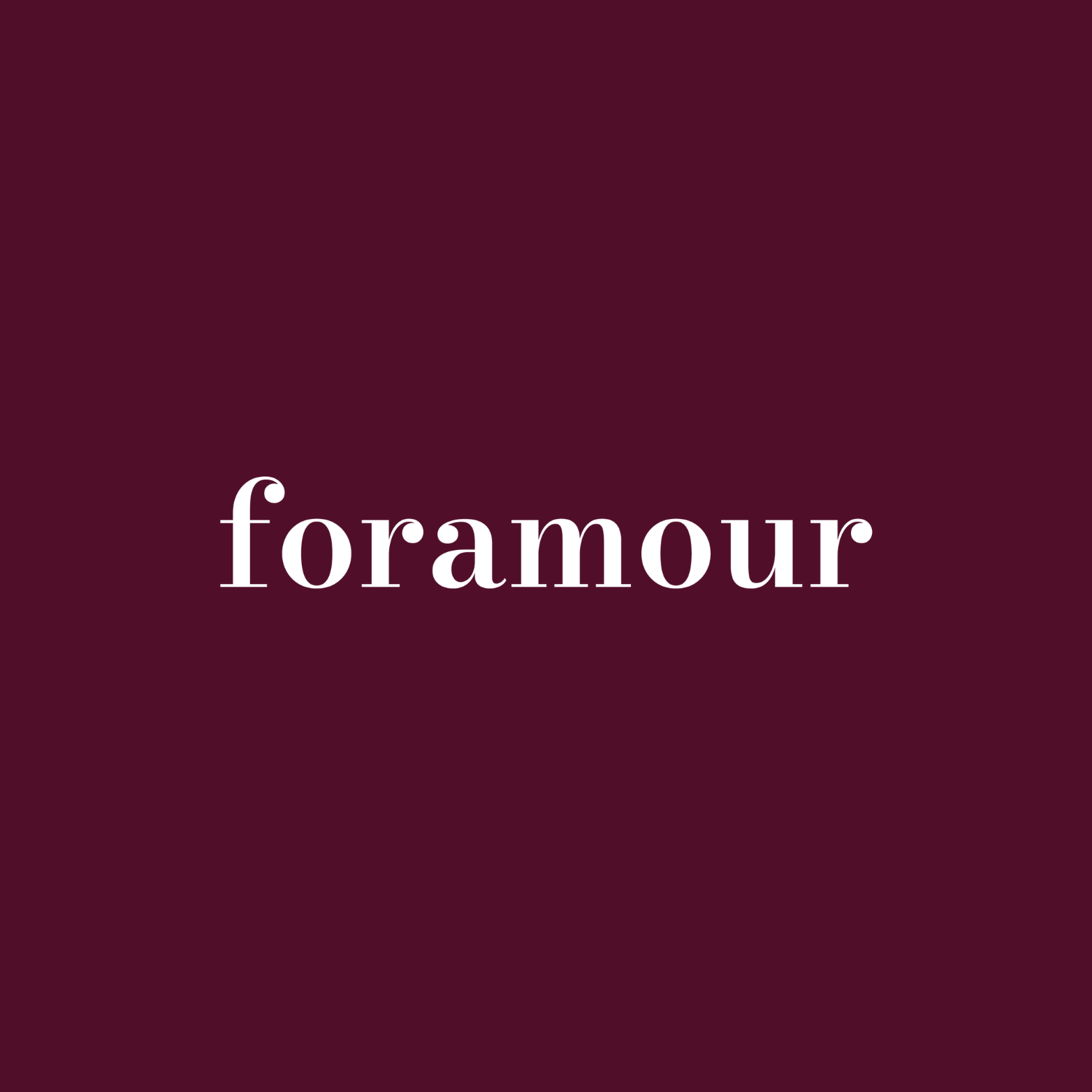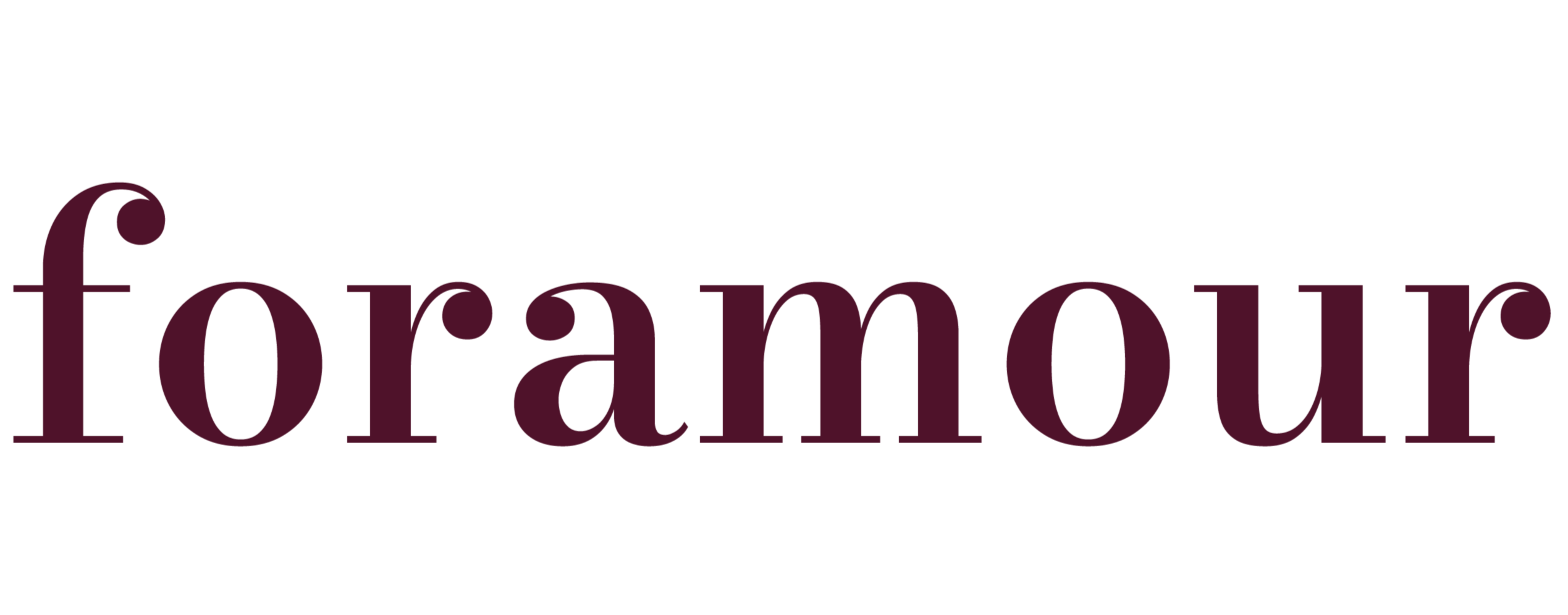
Jewelry Gifts Echo Revivals of Cultural Heritage
Quick Listen:
In the vibrant markets of Marrakech, a skilled silversmith meticulously crafts Berber motifs into a silver bracelet, each strike preserving age-old customs. Meanwhile, in the heart of New York, a pair of soon-to-be newlyweds carefully selects a ring that honors their South Asian lineage. Jewelry transcends simple decoration; it serves as a profound medium for cultural expression, integrating historical tales into contemporary elegance. With the global jewelry market projected to expand from USD 242.79 billion in 2025 to USD 343.90 billion by 2032 at a compound annual growth rate of 5.10%, these culturally infused items are drawing in buyers who prioritize genuineness and depth in their acquisitions.
Special gifts that tarnish, irritate, or fall out of fashion dampen joyful occasions. That disappointment clouds memories meant to endure. Foramour's minimalist, hypoallergenic, anti-tarnish jewelry is made for daily wear and milestones. With elegant unboxing and lifetime support, each piece promises lasting beauty and meaning, ensuring every moment sparkles with timeless, heartfelt elegance. Shop Now!
A Renaissance of Cultural Narratives
Jewelry embodies far more than mere brilliance. It functions as a dialect of self-expression, forging a concrete connection to ancestry and legacy. In an era where shoppers tire of uniform high-end goods, they increasingly favor items rich with narratives from timeless symbols and ancestral treasures to localized artisan skills. This resurgence extends beyond visual appeal; it evokes deep sentiments, appealing to individuals who view jewelry as a conduit linking bygone eras to today. The Asia Pacific region led the sector with a 39.28% portion in 2024, while North America's segment anticipates substantial expansion at an 8.4% compound annual growth rate, fueled by heightened fascination with upscale items, add-ons, and tailored decorations.
Leading design firms are embracing this evolution, merging age-old practices with cutting-edge ideas. Consider the renewed interest in delicate lace-like metalwork drawn from Ottoman heritage or striking angular forms rooted in Native American designs. Such developments represent not fleeting fads but a profound reaction to a society yearning for bonds. Particularly among the youth, selections lean toward adornments mirroring personal origins be it a necklace inscribed with ancient scripts or a band featuring intertwined loops symbolizing unity for significant occasions such as unions or commemorations. Consequently, the industry witnesses emotional bonds fueling economic triumphs, as purchasers invest not just in materials but in meaningful tales.
This cultural revival aligns with broader market dynamics. As more individuals gravitate toward opulent items, consumption patterns shift, emphasizing products that accentuate bodily traits, display current styles, and elevate appearances. The sector's growth reflects this inclination, with projections indicating steady advancement through the coming years.
Trends Redefining the Craft
The worldwide jewelry arena, assessed at USD 269.80 billion in 2024 and set to climb to USD 608.65 billion by 2034 with an 8.7% compound annual growth rate from 2025 onward, undergoes transformation via pivotal movements. Handcrafted emblems are experiencing a revival, as creators resurrect methods such as layered metal forging from Japan or gem-inlay techniques from India. These hereditary approaches, transmitted across lineages, impart a sensory genuineness absent in automated productions. Concurrently, personalization surges, with clients desiring refreshed family relics or novel creations embedding symbolic elements, such as blooms denoting strength or keys signifying perpetuity.
Environmental responsibility emerges as a core impetus. Gems procured through fair means, frequently linked to indigenous customs, gain popularity amid calls for openness. Gold held a commanding approximately 60% income portion in 2024, valued not solely for its sheen but for its societal importance and asset potential. Creators foster intercultural alliances, blending, for instance, intricate stringing from Africa with stark simplicity from Northern Europe. These unions yield innovative looks while paying homage to varied backgrounds. Furthermore, the embrace of online shopping escalates, enabling worldwide exploration via digital devices, although roughly 63% of transactions persist in physical outlets where patrons can directly assess the workmanship.
Driving forces encompass tactical partnerships and mergers among prominent entities, an uptick in multicultural decorations, and the integration of digital sales channels for acquisitions. The ring category claimed about 31% of earnings in 2024, propelled by robust interest in commitment and matrimonial bands. In North America, progress stems from escalating buyer enthusiasm for premium commodities and bespoke embellishments. Additional influencers include elevated available earnings in developing and advanced nations, boosting calls for lavish lifestyle elements; swift retail digitization, broadening reach via virtual platforms especially for younger demographics; a rising favor for morally obtained, nature-friendly options like synthetic stones and repurposed alloys; and amplified promotional efforts alongside social media endorsements on sites like visual networks, highlighting fresh lines and periodic vogues.
Stories in Every Facet
Elite labels intensify focus on lineage to distinguish themselves. Established houses re-release series influenced by historical repositories, whereas a three-band armlet from a French luxury icon, formerly a specialty item, now rivals purses in appeal for average-income spenders, per industry observations. Solo craftspeople carve out spaces by employing narrative techniques rooted in culture to set apart their offerings. In a historic Indian city known for gems, an artisan fashions green stone collars modeled after imperial artworks, transforming each into a compact chronicle. In Latin American workshops, makers incorporate ancestral icons into metallic creations, attracting visitors and residents to heritage events featuring these works.
Commerce adapts accordingly. Cultural venues and galleries team up with jewelers to introduce lines emphasizing past relics envision charms modeled after antiquities from the Nile valley. The younger generation propels the call for gifts anchored in origins. An individual in a European capital could opt for an armlet adorned with West African designs to celebrate their background, whereas partners in an East Asian metropolis might order green stone ear ornaments for their ceremony, anchoring their bond to longstanding rituals. These preferences underscore a fundamental reality: adornment evolves beyond embellishment into a vessel for inheritance.
The market's durability persists amid broader upscale sector slowdowns, bolstered by affluent patrons displaying extravagant gems at high-profile events and everyday buyers allocating modest sums to enduring pieces over transient accessories. Despite widespread cost escalations to counter duties, economic pressures, and escalating precious metal values, jewelers adopt cautious pricing tactics compared to apparel makers, with patrons acknowledging the logic tied to appreciating commodities.
Navigating the Challenges
Nevertheless, this heritage awakening presents obstacles. Distinguishing respectful tribute from improper borrowing demands delicacy, with makers obligated to honor originating societies. Informing audiences proves essential buyers require background to grasp the essence of an indigenous spiral motif or a Himalayan blue stone circlet. Expanding operations challenges traditional methods dependent on expert hands, potentially hindering fulfillment of international needs. Although culturally themed items justify elevated costs, they might deter entry-level enthusiasts. An analyst from a consulting firm observes that unlike satchels, jewelry maintains accessibility for ambitious consumers, yet surging material expenses and levies may alter this equilibrium.
Amid these concerns, advantages shine through. Lineage-based adornments provide labels with distinctive marketing edges in oversaturated arenas. They cultivate profound allegiance patrons acquiring culturally resonant items often become repeat visitors. Expatriate groups, notably in Western hemispheres, stimulate transnational interest, pursuing elements that rekindle ties to homelands. Alliances with heritage organizations, such as prominent art repositories joining forces with creators for display-motivated assortments, enhance credibility and allure.
Further trends encompass the emergence of intelligent adornments incorporating location services and health tracking, a pivot to laboratory-created crystals, expanding virtual transactions, and heightened adoption of eco-conscious resources. These innovations complement the cultural focus, offering avenues for integration that enrich the sector's appeal.
A Future Woven with Tradition
The upscale jewelry domain resides at an intersection of legacy and novelty. As tech advancements like three-dimensional rendering and augmented reality fittings proliferate, they democratize bespoke, ancestry-influenced creations. Envision a patron in a Japanese metropolis employing software to fashion a band drawn from indigenous motifs, adjusting it instantly prior to commitment. These instruments could broaden narrative dissemination, delivering specialized aesthetics to international viewers while preserving essence.
Authorities foresee promising horizons. The fusion of eco-friendliness, individualization, and societal identification redefines buyer emphases. Contrasting ephemeral style shifts, heritage-grounded jewelry exudes permanence, its worth persisting across eras. As expansion continues spurred by Eastern dominance and Western burgeoning interest makers and sellers who integrate genuine accounts into their craft will prosper. In an environment of transient vogues, an adornment embodying a narrative, a society, a heritage, surpasses mere presentation it embodies a future artifact.
The sector's trajectory, with varying estimates from diverse analyses such as one forecasting USD 578.45 billion by 2033 at 5.3% growth or another USD 373.87 billion in 2025 revenue underscores its vitality and potential variances in projections. Yet, consistent themes of innovation, sustainability, and cultural relevance pave the way forward, ensuring jewelry remains a cherished conduit for personal and collective stories.
Frequently Asked Questions
Why is culturally-inspired jewelry becoming more popular in 2025?
Culturally-inspired jewelry is experiencing a renaissance as consumers move away from uniform luxury goods toward pieces with authentic narratives and historical significance. With the global jewelry market projected to grow from $242.79 billion in 2025 to $343.90 billion by 2032, buyers are increasingly seeking jewelry that serves as a profound medium for cultural expression, connecting them to their ancestry and heritage through traditional craftsmanship and symbolic designs.
What are the main trends driving growth in the heritage jewelry market?
Key trends include the revival of handcrafted techniques like Japanese layered metal forging and Indian gem-inlay methods, increased demand for personalized pieces incorporating cultural symbols, and a focus on ethically-sourced materials linked to indigenous customs. The market is also seeing strategic partnerships between cultural institutions and jewelers, with younger consumers particularly drawn to pieces that reflect their personal origins, such as necklaces with ancient scripts or bands featuring unity symbols for weddings and celebrations.
How do jewelry brands balance cultural appreciation with avoiding cultural appropriation?
Jewelry makers must navigate the delicate balance between respectful tribute and improper cultural borrowing by honoring originating societies and educating consumers about the significance of cultural motifs. Successful brands often form partnerships with heritage organizations and cultural institutions to ensure authenticity and credibility. They also focus on educating buyers about the historical context behind designs, such as the meaning of indigenous spiral motifs or Himalayan blue stone elements, ensuring that cultural heritage is preserved and respected rather than exploited.
Disclaimer: The above helpful resources content contains personal opinions and experiences. The information provided is for general knowledge and does not constitute professional advice.
You may also be interested in: Sea seeker – foramour
Special gifts that tarnish, irritate, or fall out of fashion dampen joyful occasions. That disappointment clouds memories meant to endure. Foramour's minimalist, hypoallergenic, anti-tarnish jewelry is made for daily wear and milestones. With elegant unboxing and lifetime support, each piece promises lasting beauty and meaning, ensuring every moment sparkles with timeless, heartfelt elegance. Shop Now!
Powered by flareAI.co
Share


